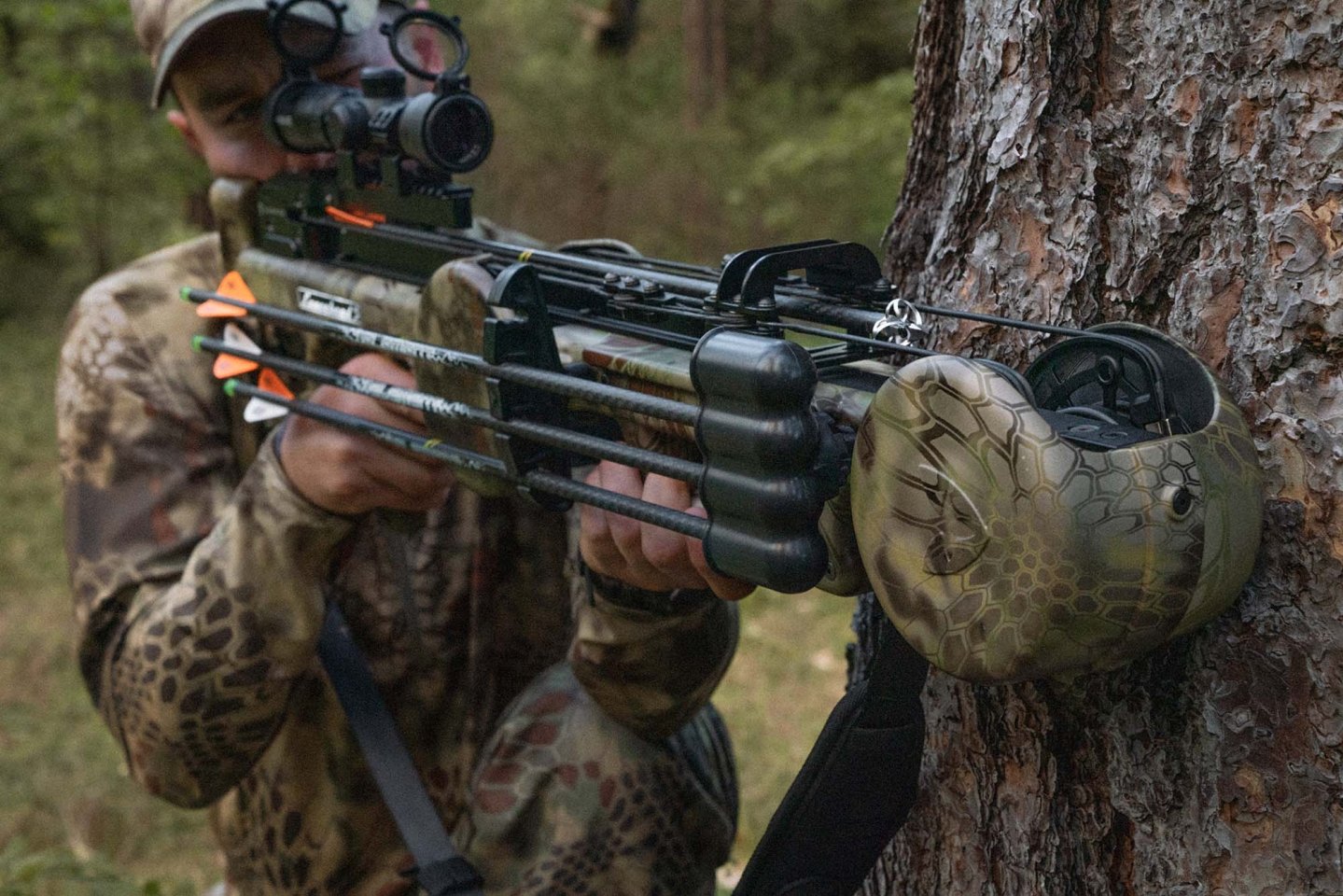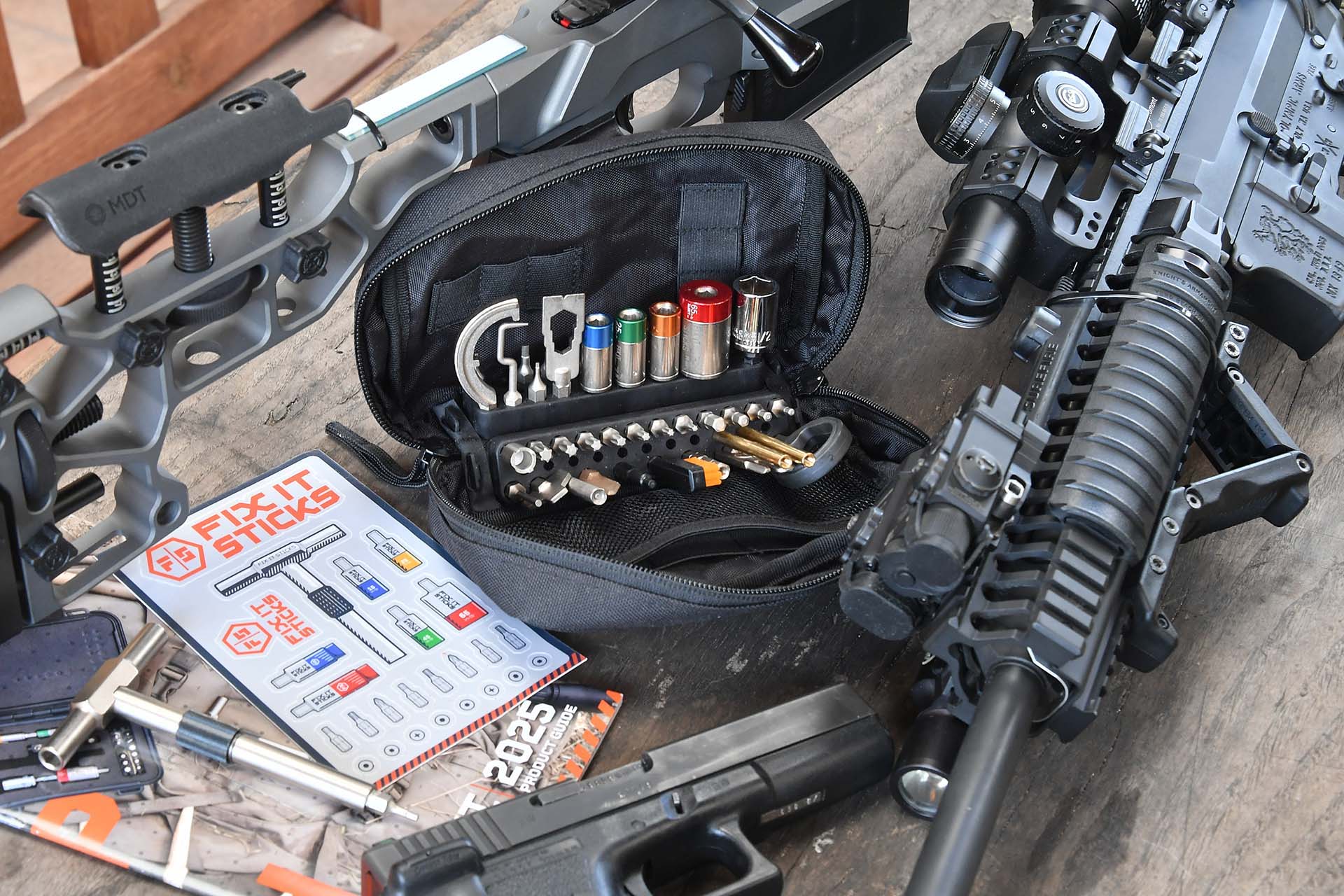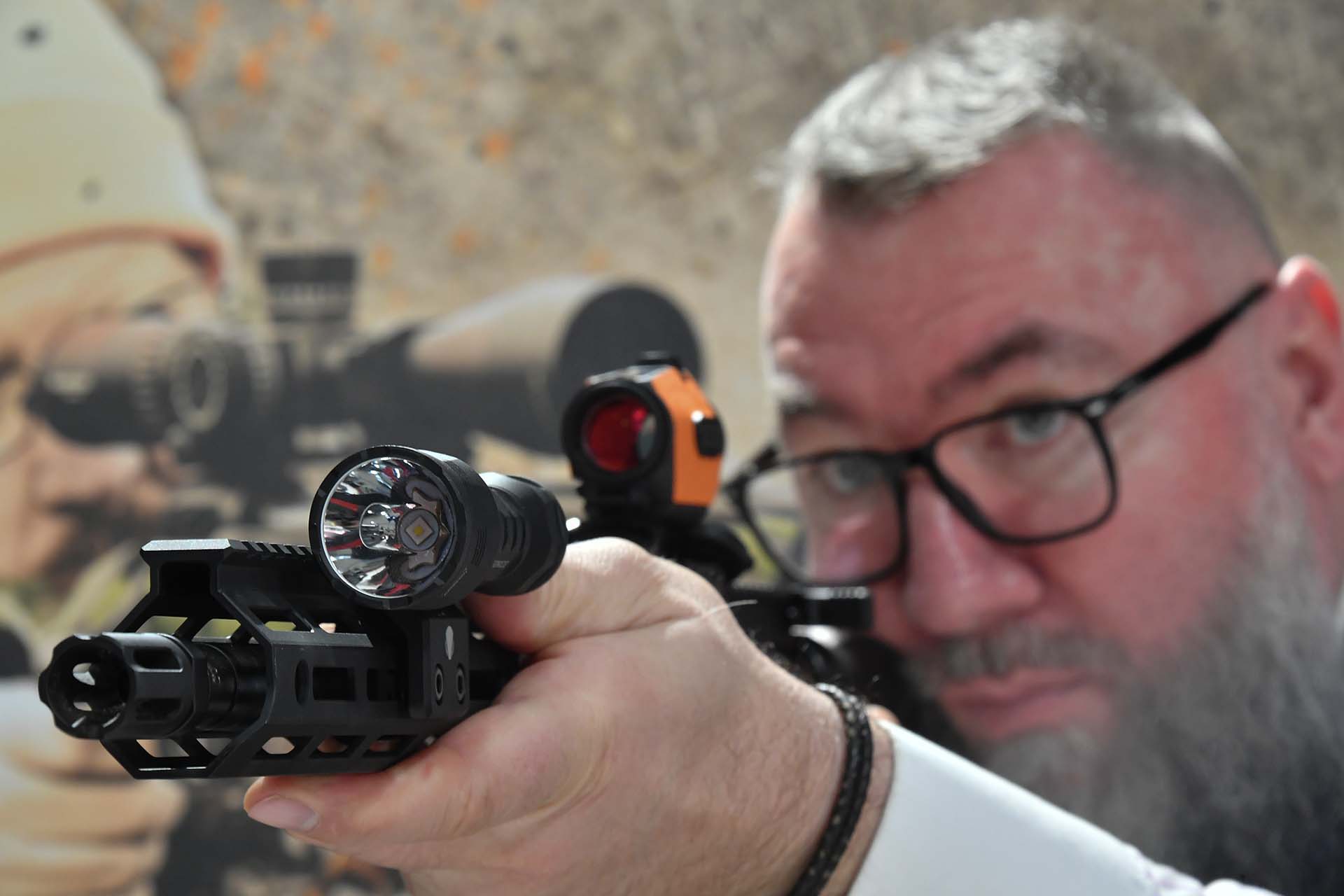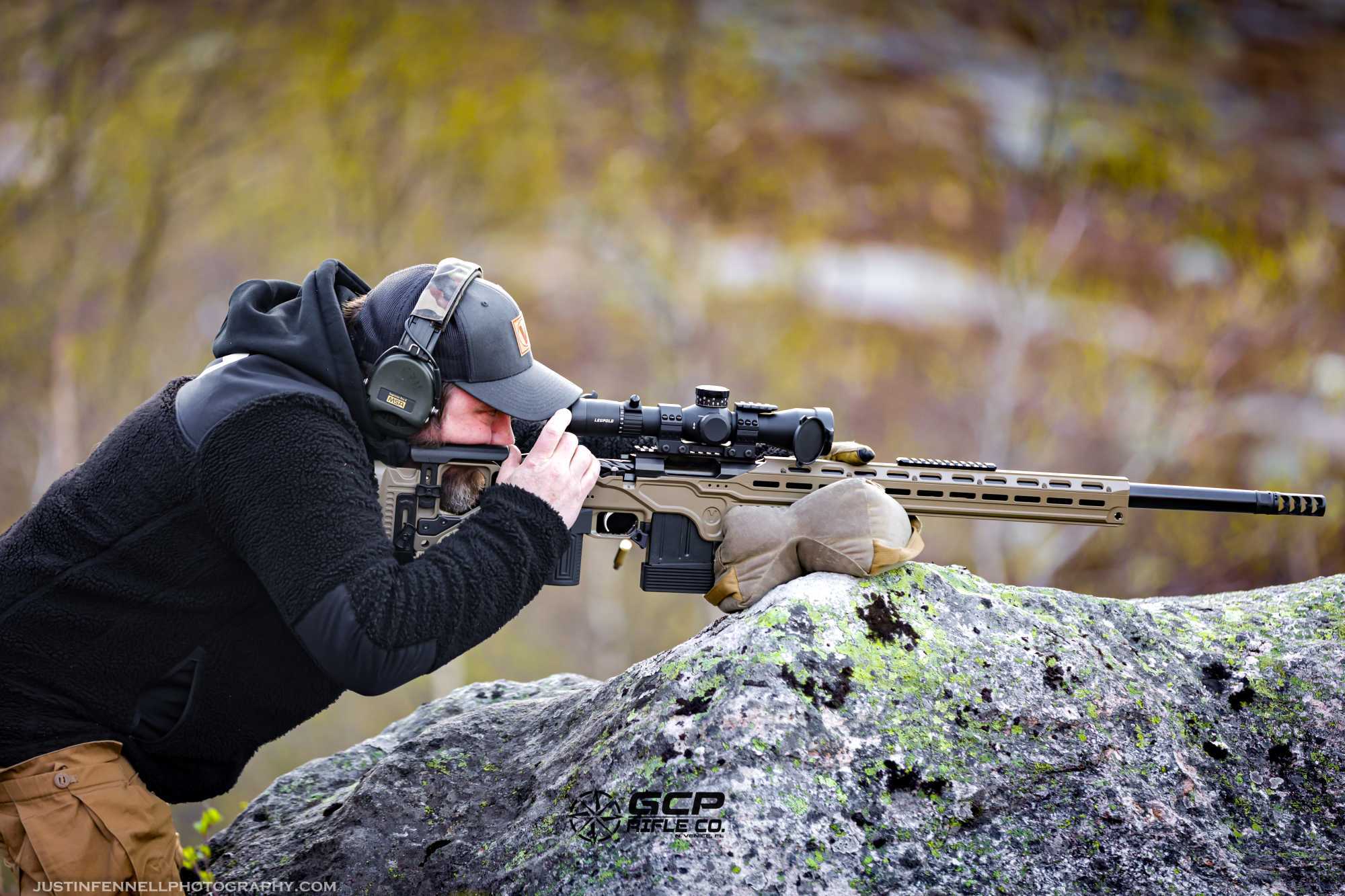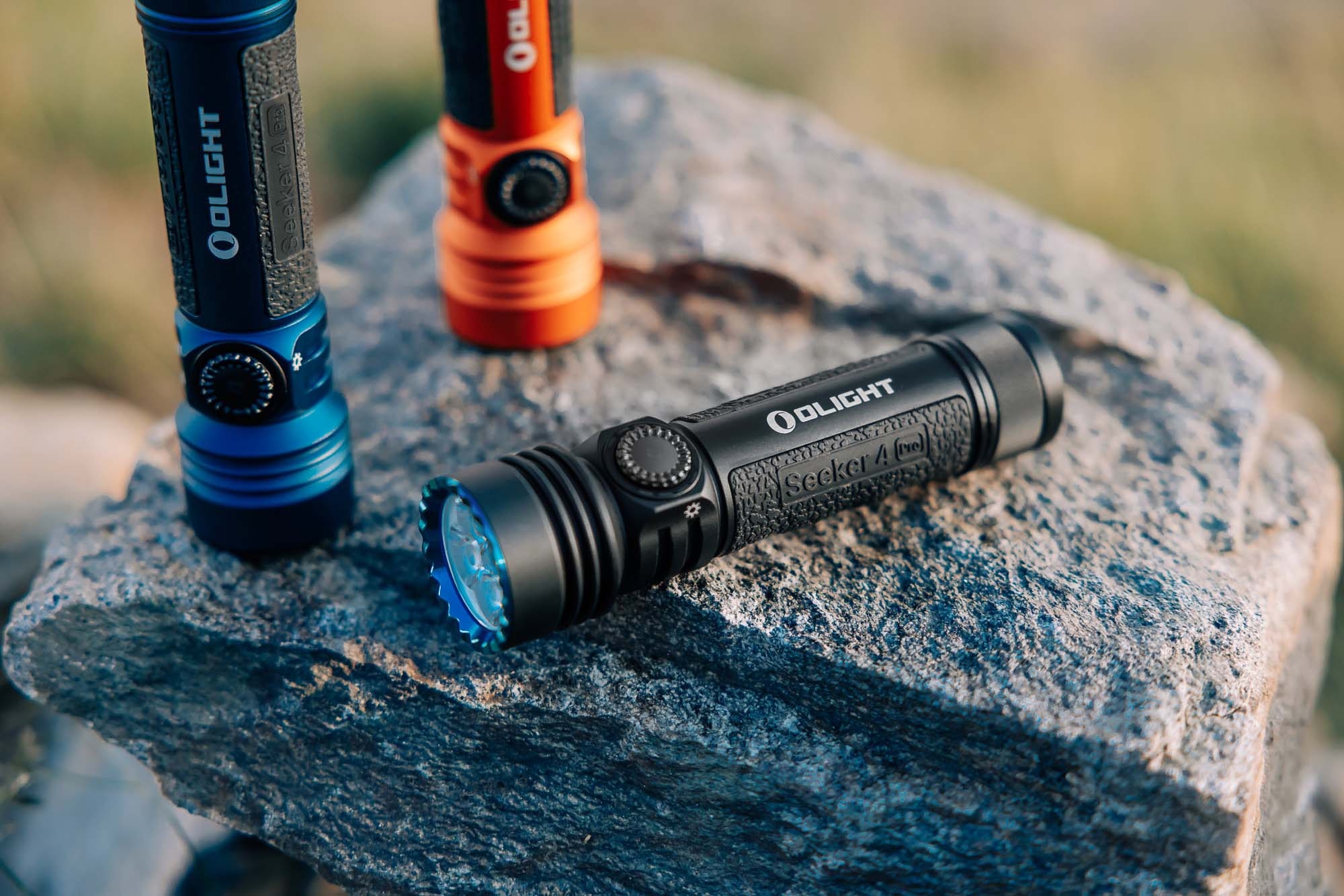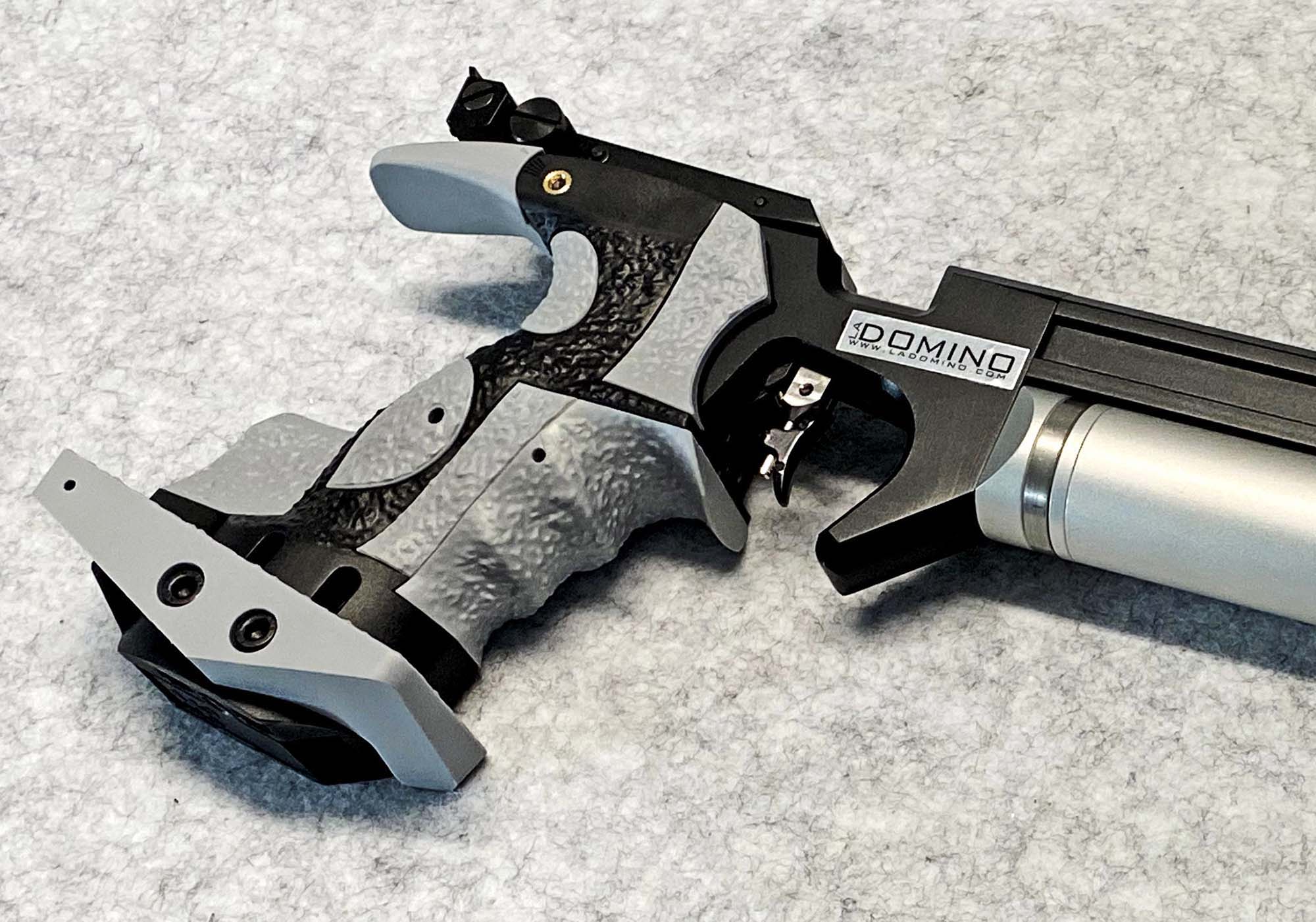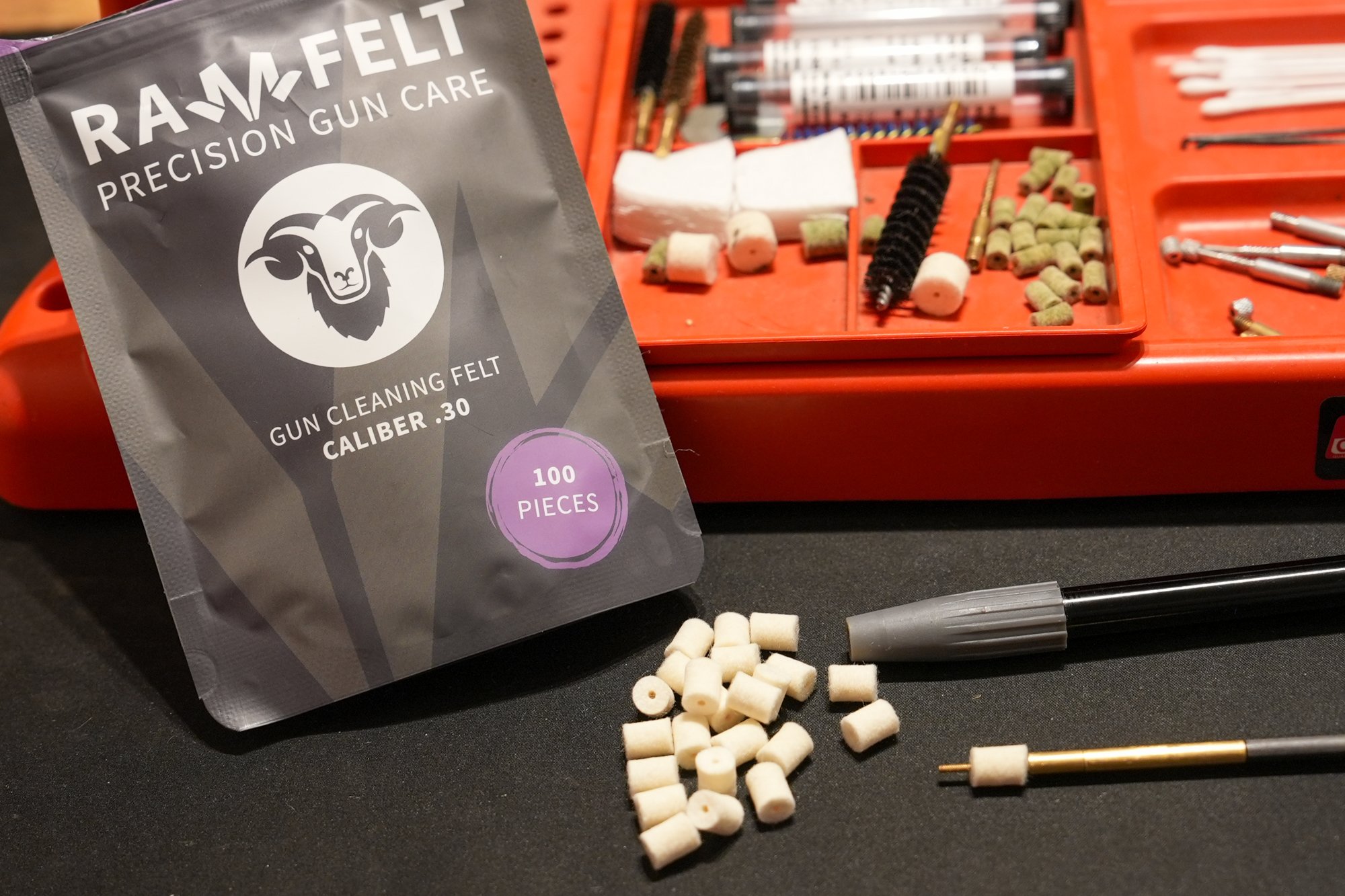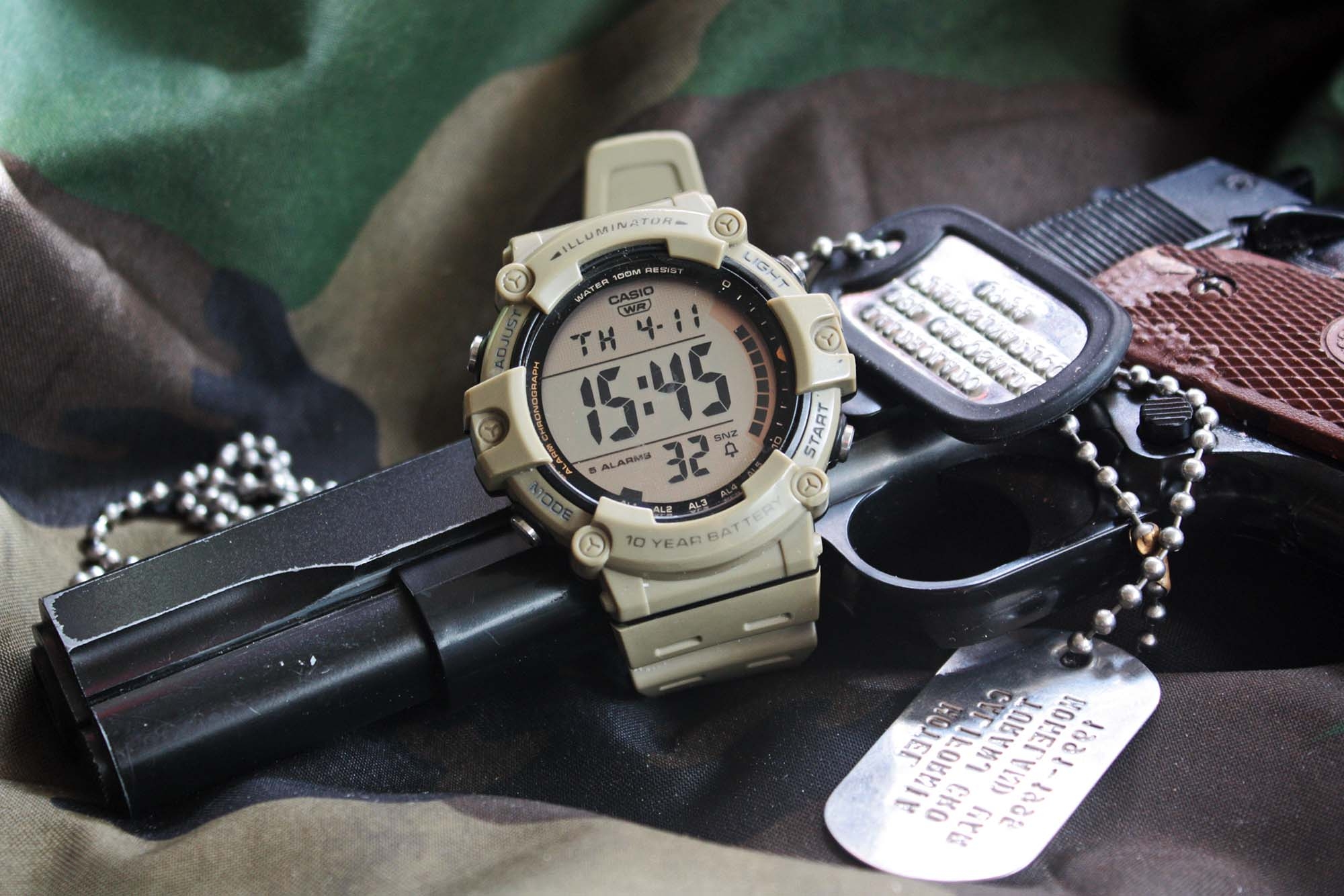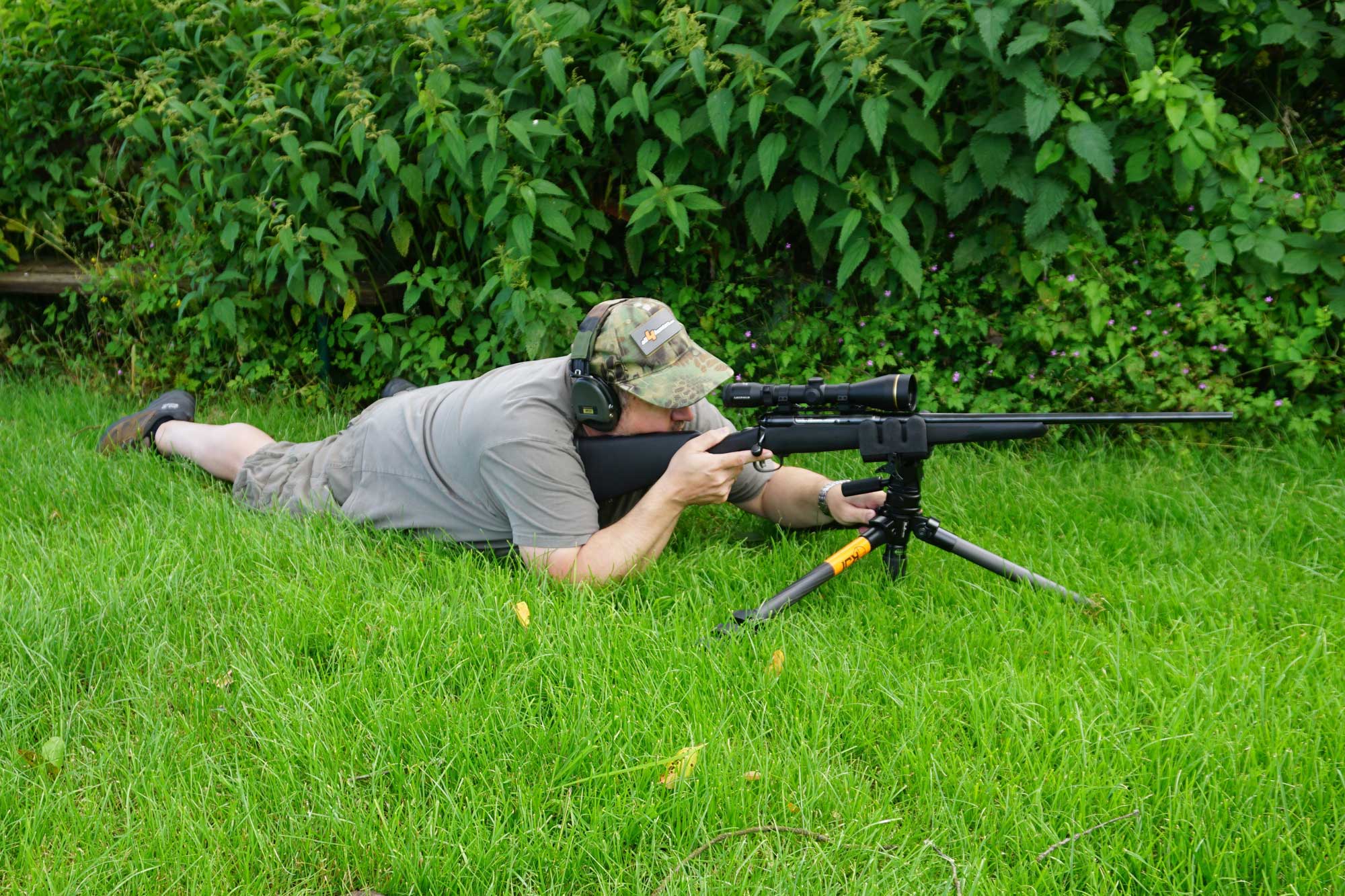Born as a weapon of war and hunting tool, the crossbow has always been characterized by a stock – or tiller – along which the bolt runs, to which a bow-like assembly or prod is perpendicularly affixed. Over the centuries materials used, release systems and size have changed, but the structure of the crossbow has remained basically the same. This also implies that the typical defects of the crossbow with respect to the bow have remained more or less unchanged. One of these is certainly weight, that especially in crossbows using winch pulleys is noticeably shifted forward. Also the lateral bulk of the limbs is a problem, especially when hunting in dense forests and from the top of a tree stand. So far, the solutions adopted to reduce this problem have mainly resorted to reverse draw limbs, but the problem has never been completely eliminated. So far, at least.
The revolutionary Lancehead crossbow
The Lancehead F1 crossbow was born from an intuition of passionate Californian hunter Jon Polanich and his frustration with traditional crossbows: "I love the satisfaction of overcoming outdoor challenges, but got frustrated when my gear became one of those obstacles. Snags in deep cover, confining tree angles... nothing was worse than wasting valuable field time on expensive maintenance work or factory limb repairs. One string failure led to a limb fracture and I came to realize the ‘modern’ crossbow still relies on medieval battle field technology.” Jon didn't lose heart and in a classic garage workshop, he started experimenting with a new crossbow concept. Six months later, the first working prototype was ready and Jon turned to designer Jim Bond to give him an ergonomic and rational line. Thus the Lancehead 1 was born, an innovative crossbow without the traditional limbs perpendicular to the stock. Actually, looking at the Lancehead F1 for the first time you might think that it is simply a standard crossbow onto which the riser and the limbs have not been mounted, but then you notice those polymer housings that hide its secret.
The Torsion Drive technology of the Lancehead F1 crossbow
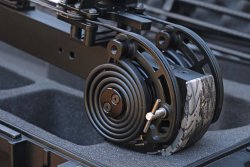
The most original feature of the Lancehead F1 crossbow is the Torsion Drive system in which the traditional limbs have been eliminated, replaced by two pairs of coiled micro-limbs (as they are called by their inventor) made from coated carbon steel. In fact, the micro-limbs work like a watch coil spring, storing the 170-lb power needed to push a 325-grain bolt at a speed of 370 fps (112 meters per second) or a 350-grain bolt at 360 fps (109 meters per second) with a 24”/61 cm power stroke. The crossbow can be cocked by means of an aluminum Quiet Crank.
The micro-limbs of the Lancehead 1 crossbow protrude outward a few centimeters and are protected by modified polymer housings to minimize unwanted interference with their functioning. With approximately a 2”/5 cm axle-to-axle width, the Lancehead minimizes string exposure and includes an anti-dry fire safety system.
The shooting position is the same as a carbine, and the bolt release is controlled by a Trigger Tech single-stage trigger assembly with a pull weight of 1100 g.
As standard the Lancehead 1 crossbow mounts a Hawke XB1 1.5-5x32 scope with illuminated reticle, but you can replace it with any other aiming device, of course.
The U-Tune integrated maintenance system allows the user to replace or adjust strings even on the hunting ground by simply using the cocking winch and a few other tools, without having to take the crossbow back to the bow shop.
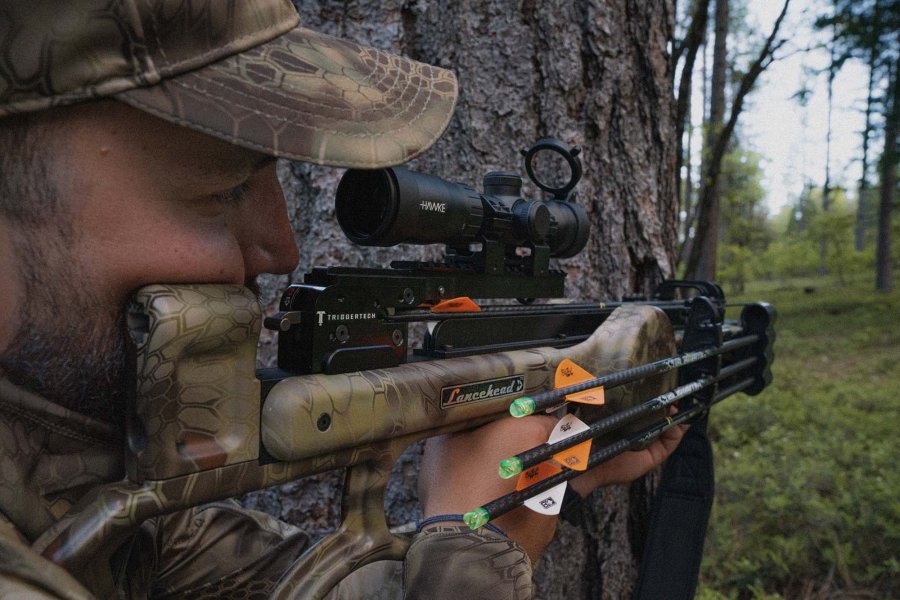
Revolutionary also for the camouflage
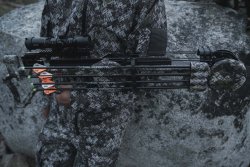
Faced with such innovations, all other features, however interesting, take second place. CamoSwap components such as side covers and stock are interchangeable with others of the most appropriate color depending on the hunting ground. The micro-limb housings can be changed in the blink of an eye too. For the moment the Lancehead 1 is available in Kryptek Mandrake, Sniper Dynamics Stakland, Virtus Tarris and the proprietary Alternus and Mamba camo finish. In any case, the company's custom shop is able to give the crossbow any type of finish the customer wishes. The Lancehead 1 can boast some exclusive accessories, such as the Lumenok lighted nocks featuring a bright yellow, green or red colored LED that make the bolts visible in the dark. Let's talk about money: in the US the SKB case including the crossbow, quiver, carrying sling and all the accessories costs 1999 dollars, equivalent to about 1680 euros. It's definitely not cheap, but this is an exclusive, accurately made tool.
Lancehead F1 crossbow specs
| Manufactured | Lancehead, USA |
| Model | F1 |
| Type | Crossbow with torsion drive micro-limbs |
| Width | 98 mm |
| Lenght | 900 mm |
| Power | 170 lbs |
| Trigger | Single-stage, with 1.1 kg pull weight |
| Bolt V₀ | 112 meters per second |
| Weight w/out Accessories | 4400 kg |
| Price | 1999 USD |
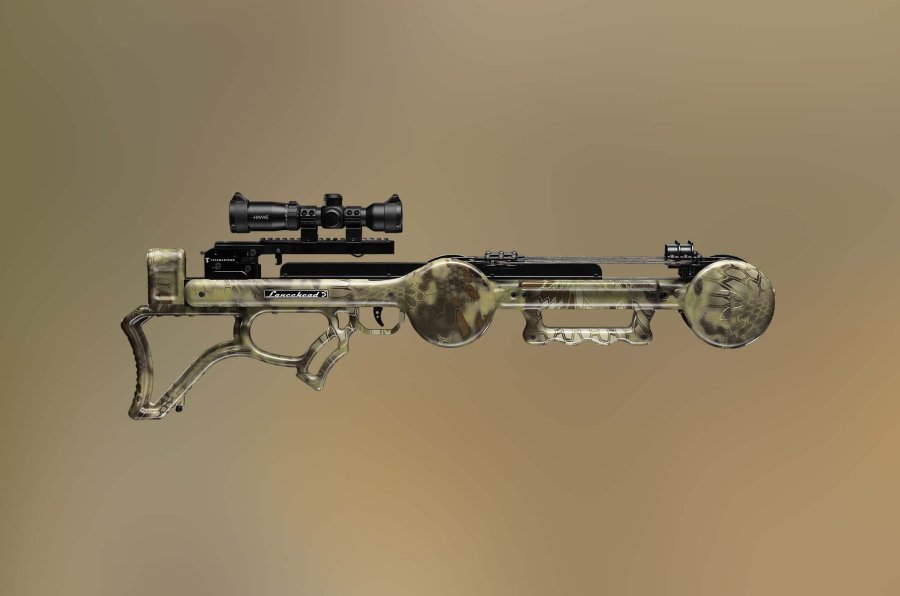
For more information: https://lancehead.com


